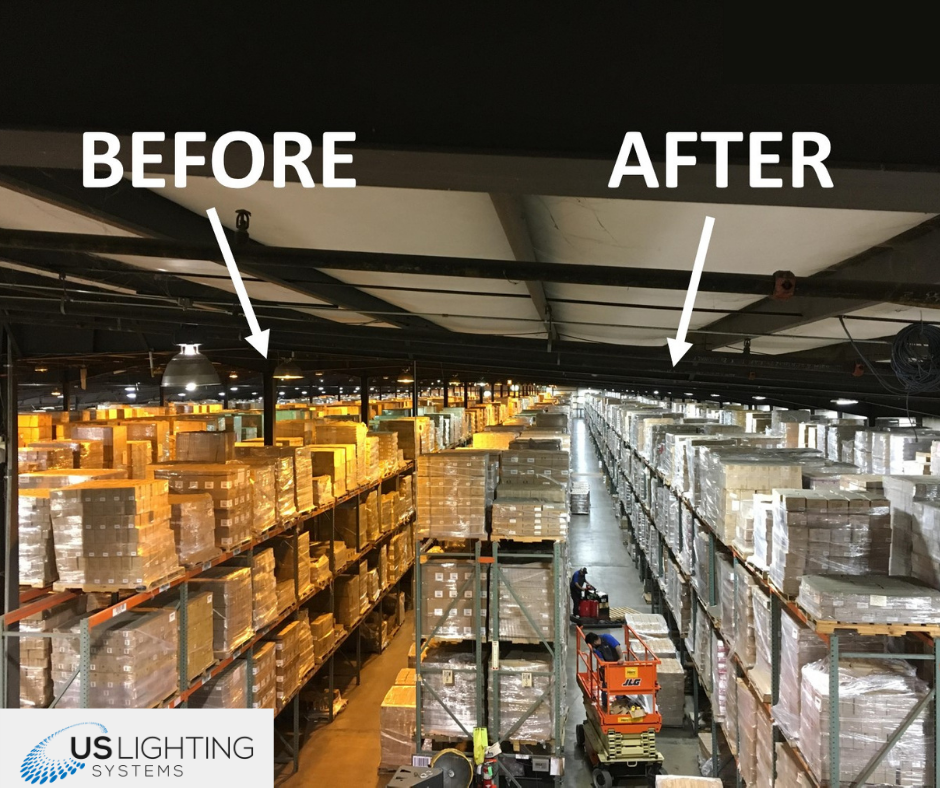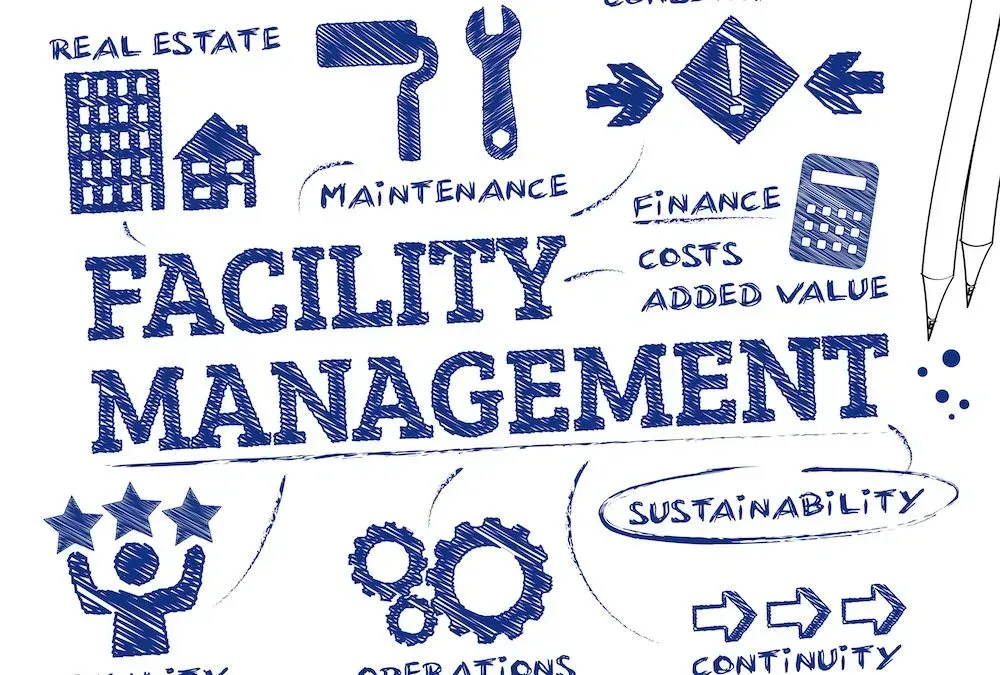This image was taken halfway through an install. The image shows the difference of good lighting with the right side bright, well lit, with high visibility and the left side still to install. The left side is darker with a yellow hue. Not only was there a dramatic difference, but the company will save 80% on their lighting costs, including sensors to turn off the lights when no one is around.


It is crucial for businesses to prioritize sustainability in 2024 to mitigate the effects of climate change and ensure a livable future for generations to come. Failing to practice sustainability not only jeopardizes the environment but also undermines long-term business success and economic stability.

The advantages of LED lighting are revolutionizing educational facilities across the globe. From schools and universities to offices, libraries, and gymnasiums, LED lighting offers energy efficiency, increased student performance, enhanced comfort, and flexibility to cater to the varying needs of these spaces.

This article highlights the growing popularity of LED streetlights as cities like Los Angeles and Pittsburgh switch to this energy-efficient alternative. LED streetlights offer numerous advantages, including reduced energy consumption, longer lifespan, and integration with solar panels. However, high costs and limited awareness pose challenges to widespread adoption. Nevertheless, LED streetlights are projected to have a promising future with ongoing advancements in technology.

The role of the Internet of Things (IoT) and smart technologies in enhancing industrial and commercial LED lighting solutions is becoming increasingly significant. As the world continues to embrace digital transformation, these technologies are revolutionizing the way businesses operate, offering unprecedented levels of efficiency, cost savings, and sustainability.

The future of North America’s industrial and commercial LED lighting market is set to be shaped by a series of emerging trends. These trends, driven by technological advancements, environmental concerns, and changing consumer preferences, are expected to significantly influence the market dynamics in the coming years.







